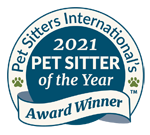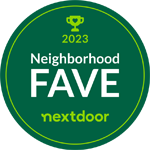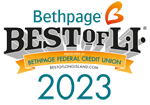Dogs are naturally intelligent and curious animals, and while physical exercise is essential, mental stimulation is just as important. Without enough cognitive engagement, dogs, especially smart breeds, can become bored, frustrated, and even destructive. Puzzle toys offer an excellent solution. They challenge your dog’s mind, provide entertainment, and offer a rewarding way to work for treats or meals. Whether you’re trying to curb problem behaviors or just want to enrich your pup’s life, dog puzzle toys are a game-changer. In this guide, we’ll explore the best options on the market, explain how they benefit your dog, and offer tips for using them effectively.
1. Why Mental Stimulation Matters for Dogs
Just like humans, dogs need regular mental exercise to stay sharp and balanced. Without it, boredom can lead to unwanted behaviors like chewing, barking, digging, or hyperactivity. Engaging your dog’s brain improves focus, reduces anxiety, and can even slow cognitive decline in older dogs. Mental enrichment is especially vital for high-energy breeds like Border Collies, Australian Shepherds, and Poodles. Incorporating puzzle toys into your dog’s routine gives them a productive outlet and strengthens your bond. Think of it as a gym for your dog’s brain, something every pup can benefit from, no matter their age or breed.
2. Types of Dog Puzzle Toys
Puzzle toys come in a variety of formats to challenge different skill levels and personalities. Some popular types include:
Treat-dispensing balls
Sliding puzzles with hidden compartments
Snuffle mats for scent work
Rotating or spinning disks
Plush puzzles with hidden toys inside
Each type encourages a different problem-solving skill such as pawing, sniffing, or nudging. Start with simpler puzzles and increase the difficulty as your dog gains confidence. Using different toy types keeps the experience fresh and exciting. Rotate them regularly to prevent boredom and maintain engagement. This variety mimics the diverse mental stimulation dogs would experience in nature.
3. Top Puzzle Toys for Beginners
If your dog is new to puzzles, start with toys that are easy to understand and rewarding. Some beginner favorites include:
Kong Classic: Fill it with peanut butter, kibble, or soft treats. Great for chewing and licking.. Great for chewing and licking.
Outward Hound Fun Feeder: Slows eating while providing a basic puzzle experience.
Nina Ottosson Level 1 Dog Smart Puzzle: Features removable bone-shaped covers to hide treats.
Snuffle mats: Encourage natural foraging behavior with hidden food in fabric strips.
These toys introduce the concept of working for a reward in a non-frustrating way. Use high-value treats to keep your dog motivated and offer praise to encourage continued interaction.
4. Intermediate Puzzle Toys for Smart Dogs
Once your dog has mastered beginner puzzles, it's time to increase the challenge. Intermediate toys require more complex problem-solving and persistence:
Nina Ottosson Dog Brick Puzzle: Features sliding pieces and hidden treat compartments.
Tug-A-Jug: Dispenses treats as your dog tugs and rolls the container.
Pet Zone IQ Treat Ball: Adjustable difficulty, releases treats through movement.
Flip Board Strategy Game: Uses levers, sliders, and lids to hide snacks.
These toys improve your dog’s memory, logic, and coordination. Rotate them with simpler puzzles to avoid frustration and build confidence. The key is to match the puzzle to your dog’s learning style and energy level.
5. Advanced Puzzle Toys for Mental Experts
For dogs who thrive on challenge, advanced puzzle toys can provide hours of enrichment. These require multiple steps to solve and may involve unique mechanics:
Nina Ottosson MultiPuzzle: One of the most challenging designs with sliding discs and layered compartments.
Dog Casino Puzzle: Requires dogs to pull open drawers and slide latches.
Outward Hound Hide N’ Slide: Combines sliding and spinning elements.
TRIXIE Activity Strategy Games: Come in multiple levels for long-term progression.
Advanced toys are ideal for working breeds or highly food-motivated dogs. Always supervise your dog with complex puzzles to ensure safety and engagement. Introduce new ones gradually to prevent overwhelm.
6. DIY Puzzle Toy Ideas at Home
You don’t need to buy fancy toys to provide mental stimulation. With a few household items, you can create simple puzzles that entertain your pup:
Muffin tin + tennis balls: Hide treats under balls and let your dog sniff them out.
Rolled-up towel: Sprinkle kibble inside, roll it tight, and let your dog unroll it.
Empty water bottles: Add kibble and let your dog figure out how to shake it out.
Cardboard boxes: Cut holes, hide treats, and close it up for a destructible puzzle.
DIY toys are great for variety and can be tailored to your dog’s preferences. Just make sure all materials are safe, non-toxic, and monitored during play.
7. How to Introduce Puzzle Toys Effectively
Introducing puzzle toys should be a fun and stress-free experience. Start by:
Choosing the right difficulty level for your dog
Demonstrating how to interact with the toy
Using high-value rewards like chicken or cheese
Supervising initial play to ensure safety
If your dog loses interest, switch toys or make the task easier. Keep sessions short and positive, gradually increasing the challenge. Over time, your dog will gain confidence and enjoy the mental workout. Remember, the goal is to create a fun and enriching experience, not to frustrate or overwhelm your pup.
8. Signs Your Dog Needs More Mental Enrichment
Some dogs show clear signs when they’re not getting enough cognitive stimulation. Common indicators include:
Destructive chewing
Barking or whining for no clear reason
Digging indoors or outdoors
Restlessness or pacing
Excessive licking
If your dog exhibits these behaviors regularly, it may be time to add mental challenges to their routine. Puzzle toys can redirect this energy into something productive and calming. They also improve problem-solving skills, focus, and emotional balance.
9. Incorporating Puzzle Toys into Daily Routine
Make puzzle toys a part of your dog’s regular schedule rather than an occasional activity. You can:
Feed meals using puzzle feeders
Use puzzles during downtime or when guests visit
Rotate different puzzles each week
Combine physical and mental activities in play sessions
Consistent use of puzzle toys builds routine and keeps your dog mentally engaged throughout the day. This is especially helpful for dogs left alone for long periods. Keeping their minds busy reduces separation anxiety and makes your dog more relaxed.
10. How Dans Pet Care Supports Enrichment
Dans Pet Care is more than just pet sitting, we believe in full-spectrum care that includes physical, emotional, and mental enrichment for your furry family members. While best known for our Long Island services, we also provide tailored play and mental stimulation during every visit. Whether you have a high-energy dog or a cat who needs enrichment, our team creates customized care plans based on your pet’s unique needs. Explore our trusted offerings, including our popular cat visit services, at Dans Pet Care. We help smart pets stay sharp, happy, and loved, even when you're away.
Keep Your Dog’s Mind Active
Mental stimulation is a vital component of your dog’s overall well-being. Puzzle toys offer an easy, effective way to challenge your dog’s brain and prevent boredom. Whether you purchase a commercial product or create DIY puzzles at home, the key is consistency and fun. Engage your pup daily with puzzles that match their skill level, and watch their confidence and happiness grow. When you need expert care or enrichment support on Long Island, trust Dans Pet Care to keep your pet mentally and emotionally fulfilled.





